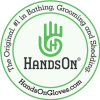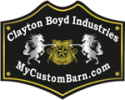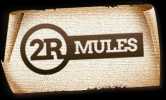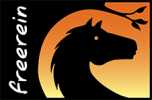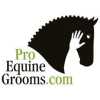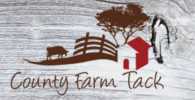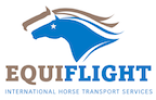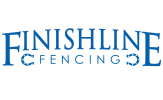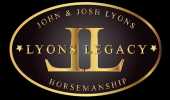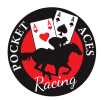By Terry Evans
Read the original article on the Ft Worth Star Telegram...
The first woman chuck wagon race driver in the Fort Worth Stock Show and Rodeo’s history believes she was destined to compete in one of the most dangerous sports on wheels.
“I remember looking back at something I wrote when I was 9 years old,” said Amber L’Heureux, 20, of Glaslyn, Saskatchewan, Canada. “It said ‘I want to drive a chuck wagon.’”
The man in charge of the chuck wagon races, Dennis MacGillevray, 63, also of Saskatchewan, said there’s only one reason L’Heureux is the first woman he’s hired.
“I thought no woman could race chuck wagons until I found Amber,” MacGillevray said. “You got to be strong in the arms and you can’t be weak-hearted. It amounts to courage.”
Arm strength was a given with L’Heureux.
“I lift bales of grain in the spring,” she said.
As for the courage, well, the woman just doesn’t dwell on the fact that four horses pulling a 550-pound wagon can pretty much run as fast as they want to.
“I don’t know how fast we go,” L’Heureux said. “Maybe that’s what keeps me getting back in there.”
These aren’t conventional chuck wagons loaded with cooking utensils and supplies. They’re six miniature replicas, and L’Heureux’s — which sports the Star-Telegram brand — is the only one outfitted with pink reins as it careens around the Will Rogers Coliseum arena in every rodeo. Two wagons race in each of three heats.
At the start, the wagons weave in and out of barrels, building up speed as they maneuver for position. Then they shoot out for two laps around the arena.
The horses’ hooves kick up clods as the wagon wheels send rooster tails of dirt into the air. Sometimes only two wheels are making contact with the ground.
Seats in the wagons are mostly for driving into the arena and back out. For the duration of the race, drivers are standing, leaning into turns to keep the wagon from tipping over.
In regular races in Canada, where the arenas are made to accommodate chuck wagon race circuits, no quarter is given and every edge is seized. In the smaller coliseum arena, concessions – like taking the inside on one lap or another, but not both – must be made for the sake of safety.
In one race, L’Heureux grabbed the inside on the first lap and was a wagon length ahead of her opponent, Fred Ewing, 69, of Hand Hills, Alberta. But on the second lap, she had to surrender the inside to Ewing and watched his horses win by a couple of noses.
That never sets well with her horses, L’Heureux said. They always want to win.
“I don’t know the odds of wrecking,” she said. “But you’re driving four animals who are running as fast as they can for you, so it can happen.”
If you don’t do things properly, even such a controlled race is dangerous, said driver Rene Salmond, 64, of Niton Junction, Alberta.
“If you fall out and get run over, you’ll die,” Salmond said. “It happens about once every two years.”
The wagons can go as fast as 27 mph, said driver Warren Burns of Melfort, Saskatchewan.
“You’d have to be drunk or stupid not to be scared,” Burns said. “Before each race, a little fear seeps into your head. But when the gate opens, all the training overcomes it. If it doesn’t, you’re going to wreck.”
Conditioning has a lot to do with L’Heureux’s seeming endless nerve.
“It isn’t as scary when you’re raised around it,” she said. “Like some kids’ parents are hockey players and they grow up to play hockey. My mom, Maxine Houghan, drove chariots for 10 years. My dad, Gerald L’Heureux, still drives chuck wagons on the racing circuit in Canada. He’s been driving for 45 years.”
Stock Show officials are impressed with L’Heureux, but never doubted her ability to do the job.
“It’s great!” said Marty Richter, a Stock Show board member, adding that women in rodeos have always been capable of competing. “Them girls will outrun you.”













